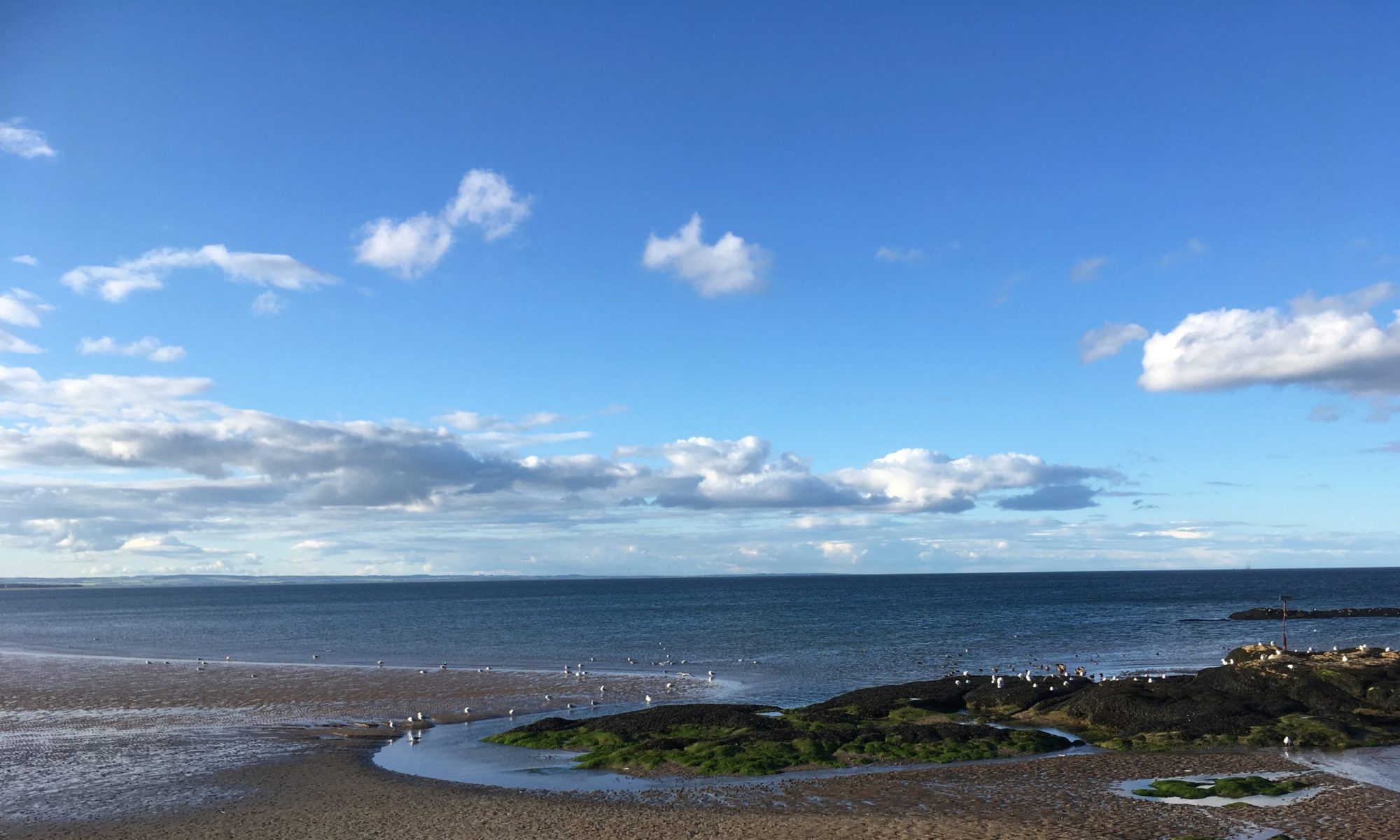Robert Watson-Watt 1892-1973
Robert Watson-Watt was born in Brechin, Scotland, which is known for a good wee dram: Glencadam Whisky, Brechin castle and the entire area for fertile farming. Robert, however, is known for turning a potential weapon of mass destruction into Radar. The so called “death ray” was an idea prior to World War II which would be aimed at aircrafts and this beam of energy would make conditions in the aircraft unbearable and would eventually melt the plane.
Though a beam of electromagnet energy could not destroy the aircraft, but it determined that there was an object and you could calculate how fast it was travelling.
Radar stands for radio detection and ranging. This sounds complicated but it is one dish transmitting radio waves and microswaves. These pulses bounce off an object and a small amount of the energy is reflected back to where it came from. This energy is picked up by a second dish/antenna. The scientist can then calculate how far away the object is and how fast it is moving.
This of course was a vital technique to spot German bombers early enough to shoot them down during WWII.
Robert Watson-Watt was leader of the team which developed practical Radar. He had become interested in electromagnet energy during his studies at
It took Watson-Watt and his team until 1940 to have working Radar station installed along the British coastline. Britain might have lost the war without Robert Watson-Watt’s invention.
Around the same time elsewhere in Scotland, namely Aberdour, at
Captain Ryan and his team worked on something vaguely similar: detecting submarines. If you visit today and yes you can little of the site is left.The team at HS Tarlair used hydrophones (underwater microphones) which eventually led to sonor detection.
So how could you spend a day involving radar and sonar look like?
